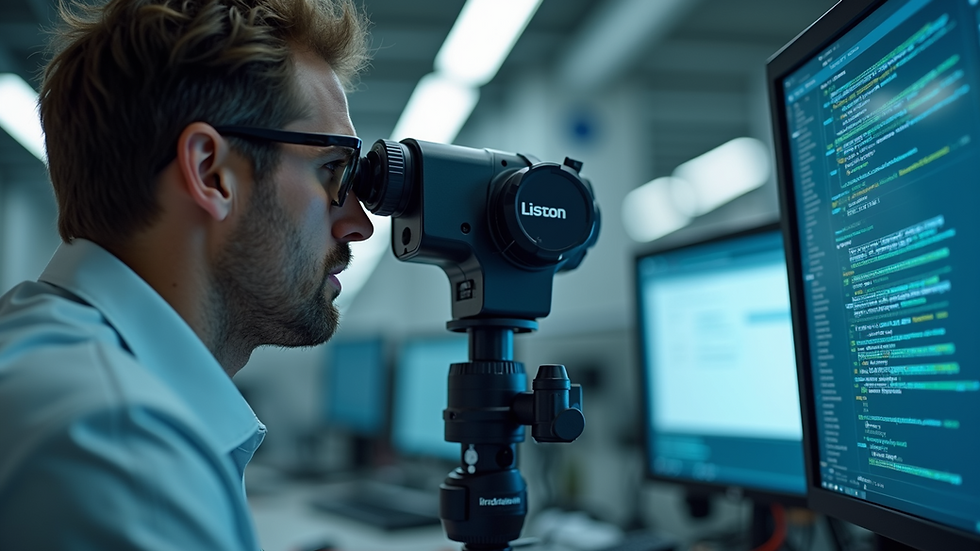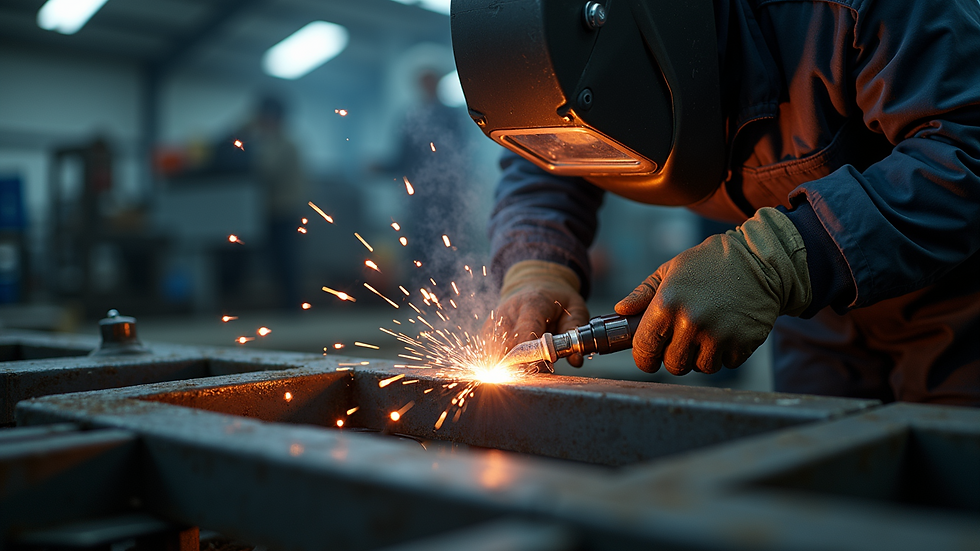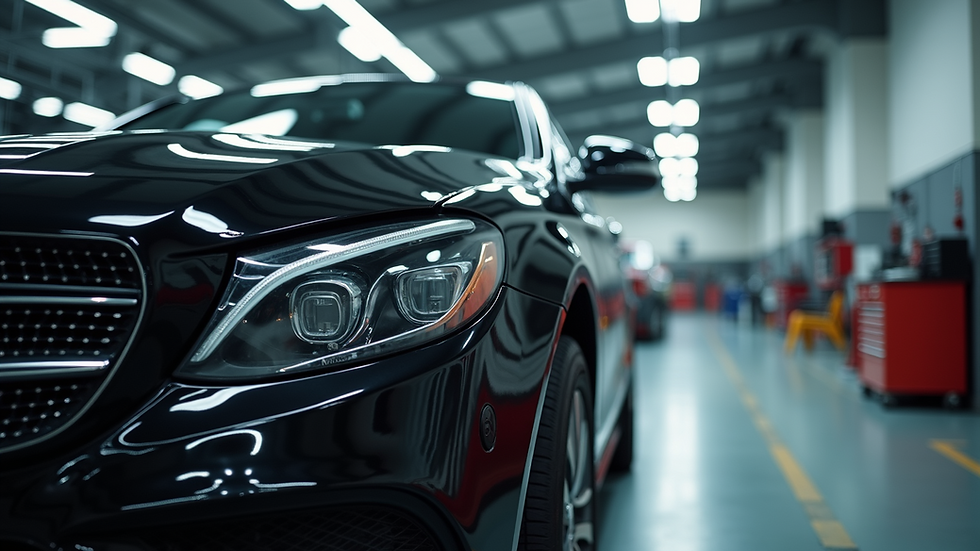Mastering Modern Collision Repair Techniques
- markmontes84
- Aug 12
- 4 min read
When a vehicle sustains damage, restoring it to its original condition requires more than just basic fixes. Modern collision repair methods have evolved significantly, incorporating advanced technology and precise techniques. We understand the importance of quality repairs that meet manufacturer standards. This ensures safety, durability, and aesthetic appeal. In this article, we explore the key aspects of mastering modern collision repair methods, providing you with clear, actionable insights.
Understanding Modern Collision Repair Methods
Modern collision repair methods rely heavily on technology and precision. Unlike traditional repairs, which often involved simple panel replacements or bodywork, today’s techniques focus on restoring the vehicle’s structural integrity and appearance with exacting standards.
We use computerized measuring systems to assess damage accurately. These systems compare the vehicle’s current frame alignment to factory specifications. This step is crucial because even minor misalignments can affect vehicle safety and performance.
Another essential method is the use of advanced materials. Modern vehicles incorporate high-strength steel, aluminum, and composite materials. Repairing these requires specialized tools and knowledge. For example, aluminum panels cannot be repaired with traditional welding techniques. Instead, technicians use specific welding or bonding methods designed for lightweight metals.
Paint technology has also advanced. Modern paint systems use waterborne base coats and UV-cured clear coats. These provide better color matching, durability, and environmental benefits. Proper paint application requires controlled environments and expert skill to avoid defects like orange peel or mismatched colors.

Essential Tools and Equipment in Modern Collision Repair
To master modern collision repair methods, having the right tools and equipment is non-negotiable. These tools enable us to perform repairs that meet or exceed manufacturer standards.
Frame Straightening Machines - These machines use hydraulic power and computerized controls to restore the vehicle’s frame to exact factory dimensions.
Welding Equipment - MIG, TIG, and spot welders are essential for working with different metals. Some repairs require resistance spot welding, especially on aluminum.
Paint Booths - Controlled environments that ensure dust-free, temperature-regulated painting conditions.
Diagnostic Scanners - Modern vehicles have complex electronic systems. Scanners help identify and reset fault codes related to airbags, sensors, and other safety features.
Plastic Repair Tools - Many bumpers and trim pieces are made of plastic. Specialized adhesives and heat tools allow for effective repairs without replacement.
Using these tools correctly requires training and experience. We continuously update our skills to keep pace with evolving vehicle designs and repair technologies.

How much does the average bodywork repair cost?
Understanding the cost of bodywork repair is important when planning for vehicle restoration. The price varies widely depending on the extent of damage, vehicle make and model, and the repair methods used.
Minor Repairs: Small dents, scratches, or bumper repairs typically range from $150 to $600. These repairs often involve paintless dent removal or localized paint touch-ups.
Moderate Repairs: Damage to panels, doors, or fenders requiring replacement or repainting can cost between $600 and $2,000.
Major Repairs: Structural damage, frame straightening, and extensive panel replacement can exceed $2,000. These repairs require advanced equipment and more labor hours.
Additional factors influencing cost include the use of original equipment manufacturer (OEM) parts versus aftermarket parts, and whether the vehicle has advanced safety systems that need recalibration.
We recommend obtaining a detailed estimate from a reputable repair shop. This estimate should outline the repair process, parts used, and warranty information. Transparency in pricing helps you make informed decisions.

The Role of Training and Certification in Collision Repair
Mastering modern collision repair methods demands ongoing education and certification. Vehicle manufacturers and industry organizations offer training programs that keep technicians updated on the latest repair procedures.
Certification programs such as I-CAR (Inter-Industry Conference on Auto Collision Repair) provide structured training on topics like structural repairs, electronics, and refinishing. Certified technicians demonstrate proficiency and commitment to quality.
Manufacturers also provide specific training for their vehicles. This ensures repairs comply with design and safety standards. For example, repairing a vehicle with advanced driver-assistance systems (ADAS) requires recalibration of sensors and cameras after bodywork.
We prioritize training and certification to maintain high repair standards. This commitment benefits you by ensuring your vehicle is restored safely and correctly.
Why Choosing the Right Repair Shop Matters
Selecting the right repair shop is critical to achieving quality results. Not all shops have the equipment, training, or commitment to manufacturer standards.
Look for shops that:
Use OEM parts or high-quality equivalents.
Employ certified technicians.
Have modern equipment and technology.
Provide clear, detailed repair estimates.
Offer warranties on repairs.
Choosing a reputable shop protects your investment and ensures your vehicle’s safety and value are preserved.
For those seeking expert collision repair in Owosso and Shiawassee County, we recommend partnering with a shop that combines experience, technology, and customer service.
Embracing the Future of Collision Repair
The future of collision repair will continue to evolve with advancements in vehicle technology. Electric vehicles, autonomous driving systems, and new materials will require even more specialized repair methods.
We stay ahead by investing in training and equipment that address these changes. Our goal is to provide repairs that restore your vehicle to its original condition, ensuring safety and performance.
By mastering modern collision repair methods today, we prepare for the challenges of tomorrow. This dedication guarantees that your vehicle receives the best care possible.
Mastering modern collision repair methods is essential for restoring vehicles safely and effectively. By understanding the technology, investing in the right tools, and choosing certified professionals, you ensure your vehicle returns to the road in optimal condition. We encourage you to seek out repair services that prioritize quality and precision, reflecting the standards your vehicle deserves.


Comments